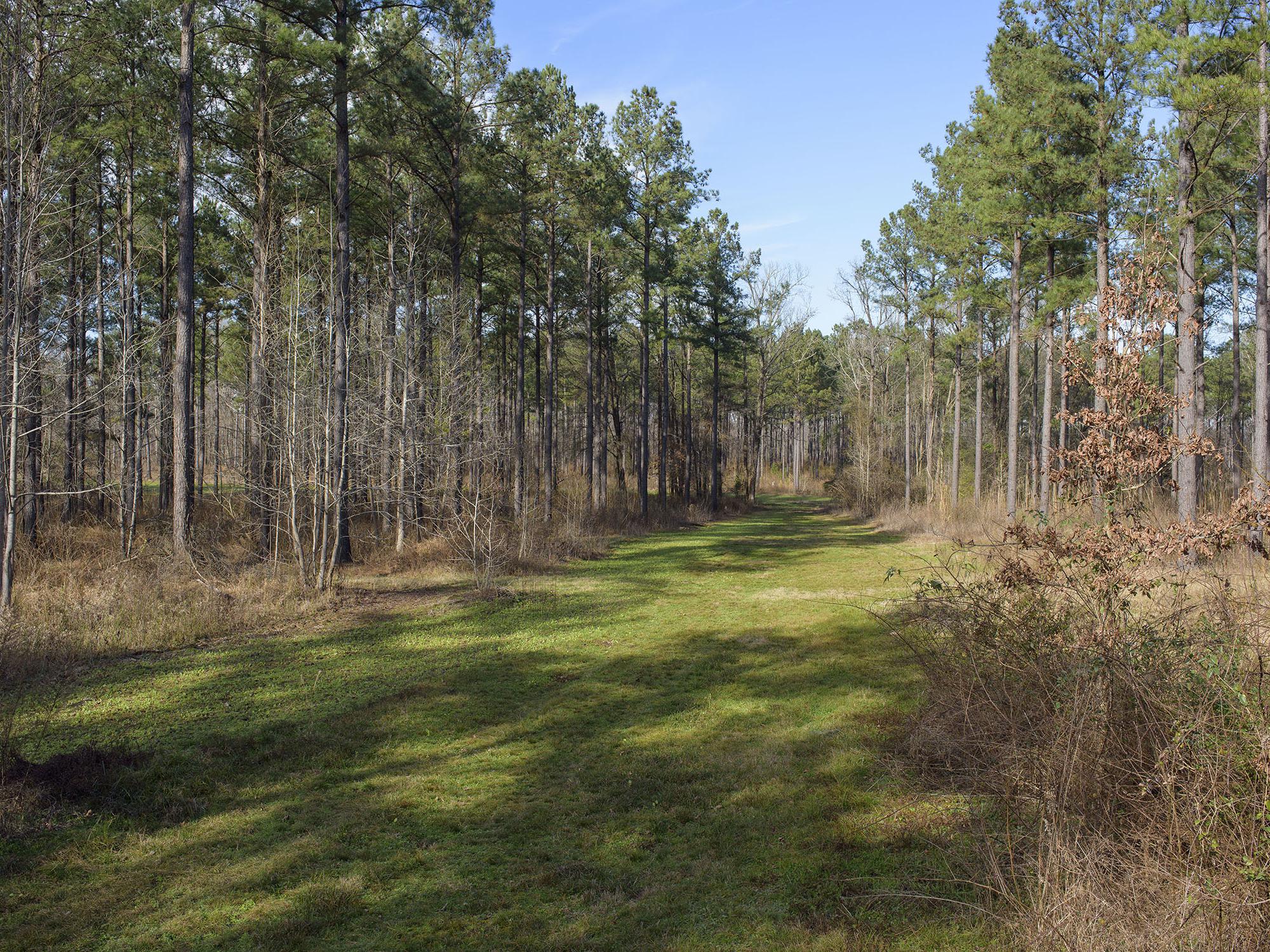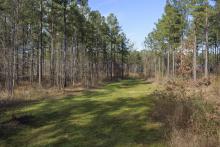Information Possibly Outdated
The information presented on this page was originally released on August 25, 2017. It may not be outdated, but please search our site for more current information. If you plan to quote or reference this information in a publication, please check with the Extension specialist or author before proceeding.
Timber market lags now, shows long-term promise
STARKVILLE, Miss. -- The combination of a middling timber market, a pine beetle infestation and wet weather is doing Mississippi tree farmers no favors this year.
Fortunately, a new sawmill in the state and the prospect of increased manufacturing gives reason for optimism long-term.
Biewer Sawmill began operations this year in Newton. Glenn Hughes, a forestry professor with the Mississippi State University Extension Service, said this indicates an upswing for the state’s forest product industry.
“We’ve got plenty of trees out there right now because the post-recession housing market has been slow to improve, so demand isn’t high,” said Hughes, who is based in the College of Forest Resources at the MSU Coastal Research and Extension Center in Biloxi. “The new operation in Newton is a positive sign for the future, and I think it’s the first of potentially several more mills.”
Landowners have to monitor their trees to protect their investment. So far, private and industrial timberland in the state has dodged what the U.S. Forest Service characterized in an early August press release as a “severe outbreak” of southern pine beetle infestations on public national forestland.
Forest Service representatives said data collected from surveys and flights found more than 4,000 southern pine beetle spots in Mississippi national forest districts, and the agency has directed efforts toward cutting infested trees before the beetles can colonize new areas.
The Mississippi Forest Commission, which provides forest management services to landowners, stated in an Aug. 10 press release that only 242 southern pine beetle spots were identified on privately owned forestland during aerial flights conducted in July.
Marc Measells, research and Extension associate with the MSU Department of Forestry, said southern pine beetles are currently the largest threat to the state’s pine forests.
“I believe the southern pine beetle outbreak across the state, depending on the severity, will have a slight impact on prices in the future,” Measells said.
What’s affecting prices right now is excess supply. Though average stumpage prices for timber vary widely across the state, they are lower almost across the board than a year ago.
In the second quarter of 2017, pine sawtimber was $22 per ton compared to $25 per ton a year before. Mixed hardwood sawtimber was $39 per ton in the second quarter of this year, a $3 decrease from prices in the second quarter of 2016.
“Landowners should keep in mind that timber prices change from day to day and location to location,” Measells said. “Mill inventories and capacity, hauling distance, logging costs, the number of mills and the condition and quality of the trees being harvested all affect stumpage prices. The amount landowners receive may vary widely from state averages.”
Second-quarter stumpage prices for pulpwood, which is used for low-end forest products such as paper and cardboard, are also down. Pine pulpwood and hardwood pulpwood were both selling at $7 per ton in this year’s second quarter, compared to $8 per ton of pine pulpwood and $10 per ton of hardwood pulpwood in mid-2016.
“Pulpwood prices are down -- especially in north Mississippi -- because we don’t have a lot of mills in that area,” Measells said. “Pulpwood that is being sold must be delivered a long distance, which reduces stumpage prices. Sawtimber prices are affected by housing starts, which have remained relatively flat this past year.”
Pine chip-n-saw held steady in that same time frame at $15 per ton.
In 2016, the production value of Mississippi’s forestry industry was more than $1.4 billion. Whether that will be matched this year is too early to forecast now, Hughes said, given the wet weather the state has seen at times.
“We’ve had a lot of rain, especially in the southern part of the state. This slows down logging activity because the soil holds water for a long time,” he said. “The result is a reduction in acreage available for harvest.”
Reduced outside competition could help Mississippi’s timber industry rebound. Sawmills in Canada, Hughes added, have exported lumber to the southeastern U.S. in the past, but beetle infestations are also posing challenges there. Canada is also shifting more of its exported wood to China so that country can meet domestic demand.
“Companies go where they find potential, and they can see Mississippi becoming a great place to grow timber,” he said. “Current growers and people who purchase land for timber now will have a good investment long-term, despite current market conditions.”
Mississippi has 19.7 million forest acres and about 125,000 forest landowners.






